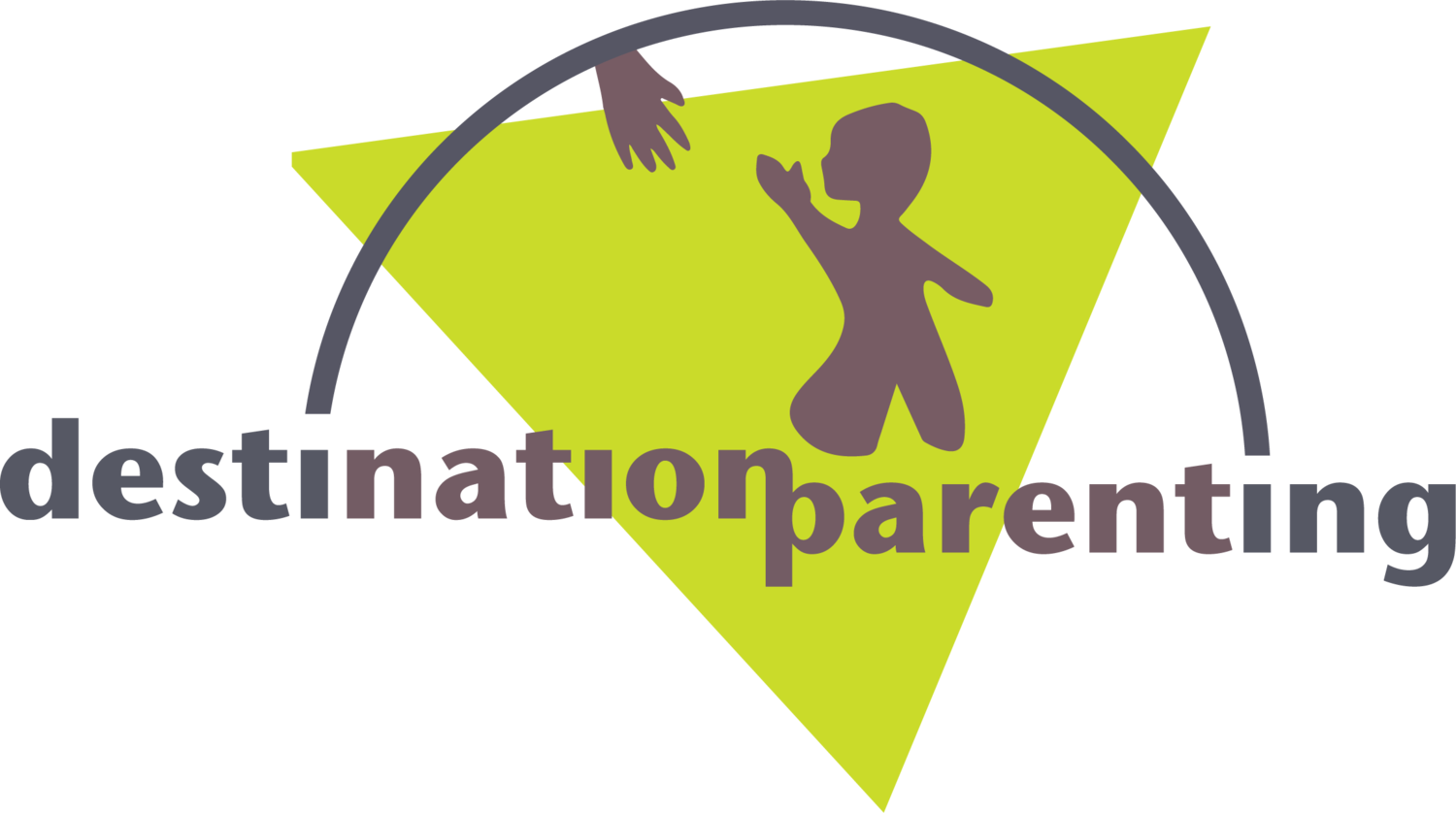And The Decision Is…
Making choices is something we adults do hundreds, maybe thousands, of times a day. They range from the inconsequential (color of my socks) to the monumental (should I quit this job?). Some are daily considerations (cream or milk?), while others come once in a lifetime (who should be my health proxy?) Most of us are unaware of how much internal work goes into even minor decisions.
In order to come up with a final choice, we invariably go through what psychologists call cognitive problem-solving. A three step process is involved. The first step is Preparation – which consists of fact finding and separating relevant from irrelevant information to get to your goal. The second step is Production, which is when we come up with hypothetical solutions and work through them. The final step is Evaluation, during which we determine which of our potential solutions best leads us to our goal.
Children are, of course, less experienced in this process. Nonetheless, early childhood is a good time to begin honing kid’s decision-making skills. It’s better to learn what kinds of problems frustrate your child or discover where she excels at an early age, so we can help them maneuver through situations while we’re still involved. It’s also a fascinating process to observe how a child’s temperament influences her problem solving process. The impulsive child, for example, may spend less time on the preparation stage and skip right to production. Her decision-making will be impacted negatively by a lack of attention to which facts matter and which don’t. As her parent, you can address this by having her work backward to see what data she’s missing.
Let’s look at a simple example. Your seven year old wants to have a sleepover birthday. First on the agenda is figuring out whom she can invite. Perhaps she wants everyone in her class to attend, but you know that’s not an option. Tempting as it is to jump in with your pre-conceived solution, it would be better to treat this as a problem-solving session. You both can agree on a common goal -- a good time for all. Then you can discuss what that means: perhaps a chance for every child to feel special, perhaps a shared activity (like mini-golf). You can demonstrate how this goal is more easily achieved in a group of say, five friends, than a larger crowd.
It’s also important to understand your daughter’s motivation, since emotion plays a key role in problem-solving. If she’s afraid children will feel left out, or that other kids won’t like her, you can point out there are other ways (cupcakes in the classroom) to address that particular concern. In other words, there are alternate solutions to the problem that the two of you can evaluate together. By involving her in the decision-making process, she feels both more invested in the solution and more satisfied with the outcome than if the choice is handed to her.
In the early childhood years, taking the opportunity to hold discussions on how decisions are reached has the additional benefit of making your child feel confident that she can handle new situations on her own. As peers become an increasingly vital part of her life and her self-image, she will be faced more and more with social problem solving decisions that are essentially an extension of the birthday party example. Who should she sit next to on the bus? What should she do when a friend of hers is teased? What happens if her friend bests her in a competitive game or sport? As parents, our knee-jerk reaction is often to give advice (whether asked for or not). And truth be told, our advice is often tainted by our own emotional investment in our children’s success or happiness.
Whether it’s our child’s choice in friends or which after-school activities they engage in, we sometimes put more emphasis on what it means than our kids do. It’s helpful for us to put these decisions in perspective as well. Will this decision actually impact her future in 6 months or 6 years? It’s useful to sort the fleeting choices from the long-term ones.
No parent wants to raise a child who is so dependent on our input that they are paralyzed when faced with important choices. Yet, very often, I see parents who are so invested in their child’s every decision that they co-opt the problem solving process. I wish they could see that even though some short-term falls may be avoided, in the long run they may be sabotaging their child’s sense of confidence. It’s easy to fall into the trap of “choosing for” but it’s a much better long-term strategy to start by “choosing with” your child. Give it a try & watch your child shine!
*********************************
Maureen O’Brien, PhD is a developmental psychologist and mother of twins who lives in Boston. She lectures and consults on child development and parenting issues and is the author of the parenting series, Watch Me Grow: I’m One-Two-Three.



